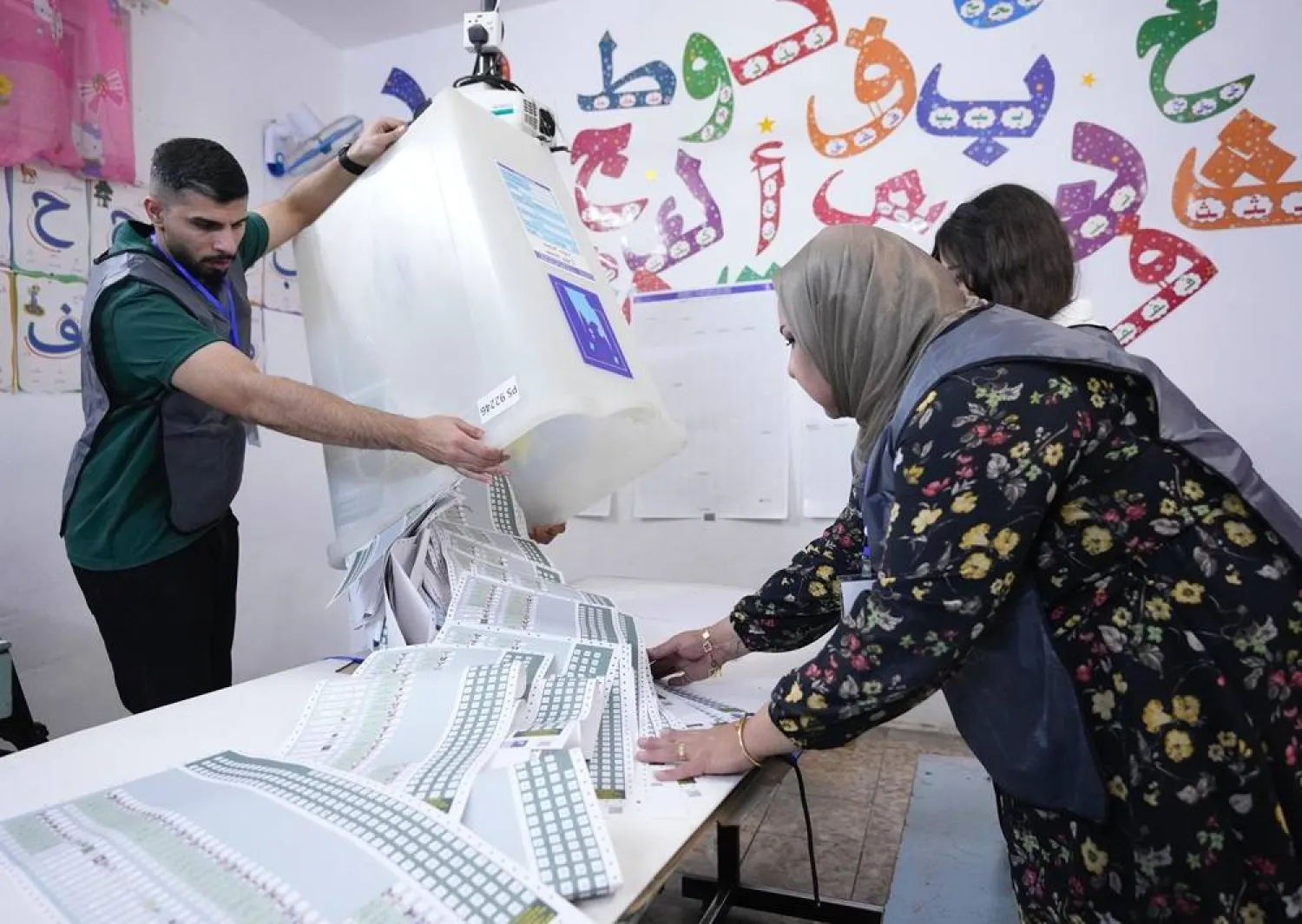Eleven years after the start of the protests and the outbreak of the conflict, and following two years of stability along the lines of contact between the three areas of influence, is there a possible change in Syria? Is it external or internal?
The past decade has witnessed many military and political upheavals. Some areas expanded and others contracted. Expectations rose and others declined, until the country was divided into three “states”: One fell under the government control with Russian and Iranian support, the second under the administration of the Kurdish-Arab Syrian Democratic Forces, backed by the US-led international coalition, and the third under the control of militant and Islamist factions and extremist proxies with Turkish support.
Stalemate on the lines of contact between the three “states” lingered for more than 27 months - the longest period in which geographical control has stabilized in 11 years. These areas are built on destroyed cities, villages and neighborhoods, demographic changes, displaced people and refugees. More than 12 million people have abandoned their homes, half of the Syrian population. In addition, more than seven million people have left the country, including more than one million to Western states.
The emigration flow did not stop, although its causes became economic, not military or political. What unites the Syrians wherever they are is their severe economic crisis… Even Arab normalization did not solve their economic problem.
The hope represented by the Arab Gas Pipeline dissipated under the shadow of the American “Caesar Act” and Western sanctions, to the extent that the country sank into darkness for hours on Saturday.
The three “states” maintain cooperation, agreements, trade and understandings. Their actors assume that the stalemate continues for a long period, and that “relief will come from others.”
Is there a possible change to this picture?
It is clear that the current equations are based on external bargains. The Syrians are no longer able to make any fundamental change in them. Therefore, any potential modification is external. There are four possibilities that emanate from four foreign military forces:
First, Turkey: Turkish officials frequently talk about the possibility of a military operation in the north of the country. They believe that the Ukrainian war and the resulting Russian-Western clash have strengthened their negotiating cards in Syria and the region. They are trying to invest in this situation, by launching an incursion that weakens any potential Kurdish entity on their southern border in northern Syria. Turkey is focusing on Manbij, which is controlled by America’s allies, or Tal Rifaat, which is under the supervision of Russia’s partners, in addition to the escalation in the eastern Euphrates, which America controls more deeply.
Any Turkish incursion without understandings from Russia and its partners, America and its allies, will alter the lines of contact and open the door to a new military escalation. What are the limits of change? Will they shuffle the cards?
Second, Iran: With Russia’s preoccupation with the Ukrainian war, Iran and others are trying to fill the void in Syria. Israel is intensifying its military operations against “strategic Iranian targets” in Syria, the latest of which was striking Damascus International Airport and isolating the Syrian capital from the world.
In parallel, the “shadow war” between Tehran and Tel Aviv moved to the heart of Iran with Israeli talk about the “head of the octopus” strategy. To what extent will the Iranian-Israeli escalation in Syria remain controlled by Russia? Will Syria turn into an arena for a direct clash and the possibility of Iran launching “drone” attacks from Syrian territory?
Third, Russia: There has been a “prevention of clash” agreement between the Russian and American armies since mid-2017, with the west of the Euphrates River controlled by Moscow and east of the Euphrates by Washington. There were some skirmishes, but strategically the deal was kept. However, with the escalation between the two parties in Ukraine, Russia has begun to test the Americans militarily in Syria, whether over the Al-Tanf base in the southeast of the country or in the north. To what extent can tension remain controlled between them? Will Syria turn into an arena for revenge, whether from America or Russia?
Fourth, the United States: Since the arrival of President Joe Biden to power, the US military presence in Syria has stabilized, especially after the “Afghan humiliation”, in contrast to the era of President Donald Trump, when the presence of the US army and its allies depended on a tweet. Will Biden’s decision remain steadfast in the face of the adventures of wounded President Vladimir Putin? Will things change in the upcoming presidential elections in two years?
The Syrians know that they cannot control the decision-making in their country. They are aware that Syria has turned from a player into an arena. Each side is betting on a surprise by its foreign military ally, and on a setback that will strike its local opponent with external tools. Between the blow and the blessing, the Syrians suffer in darkness… waiting for relief.









